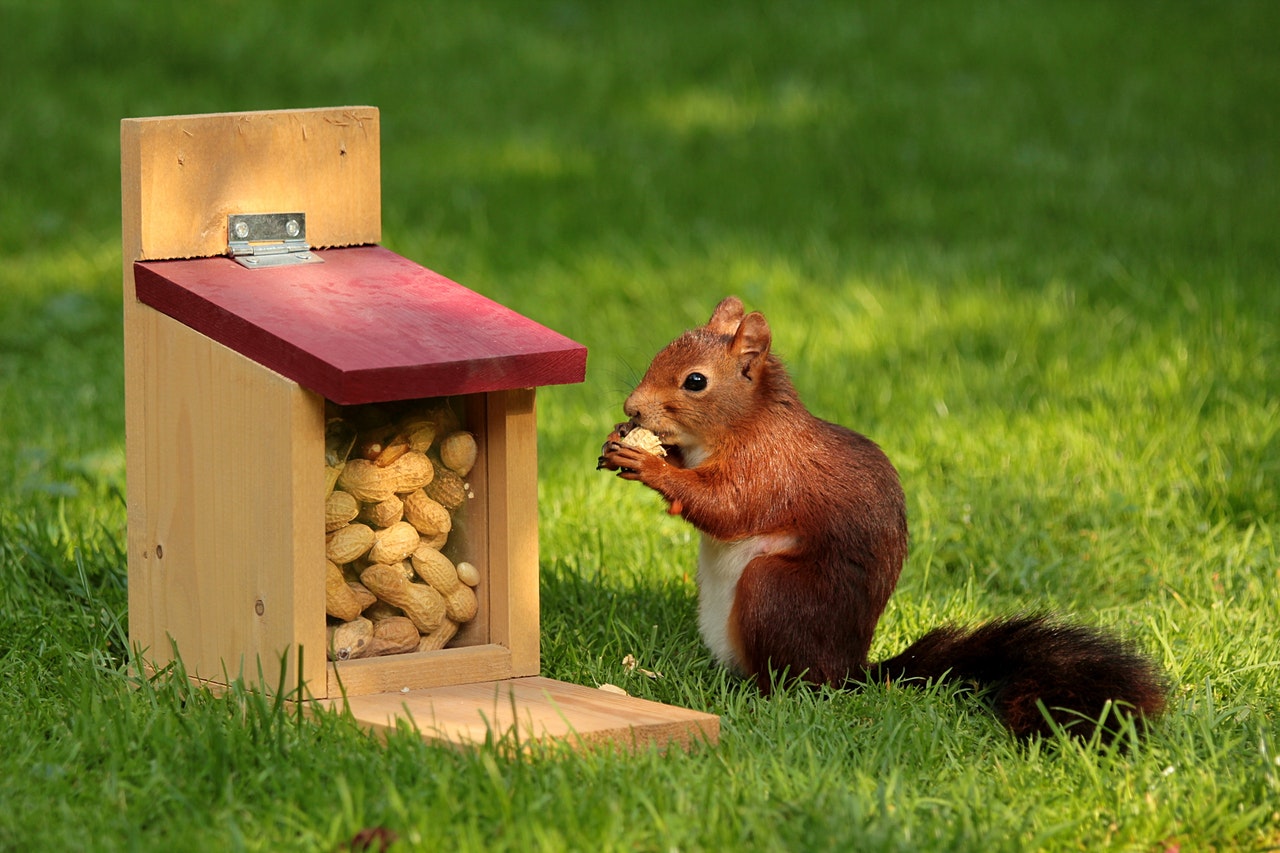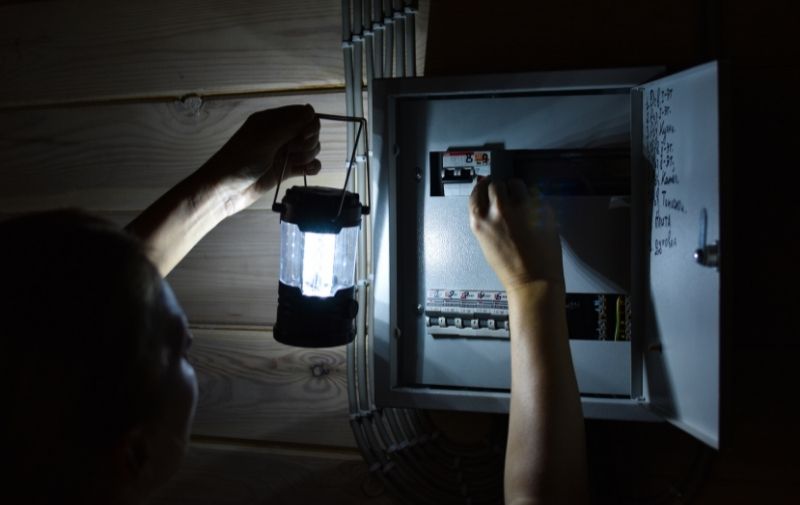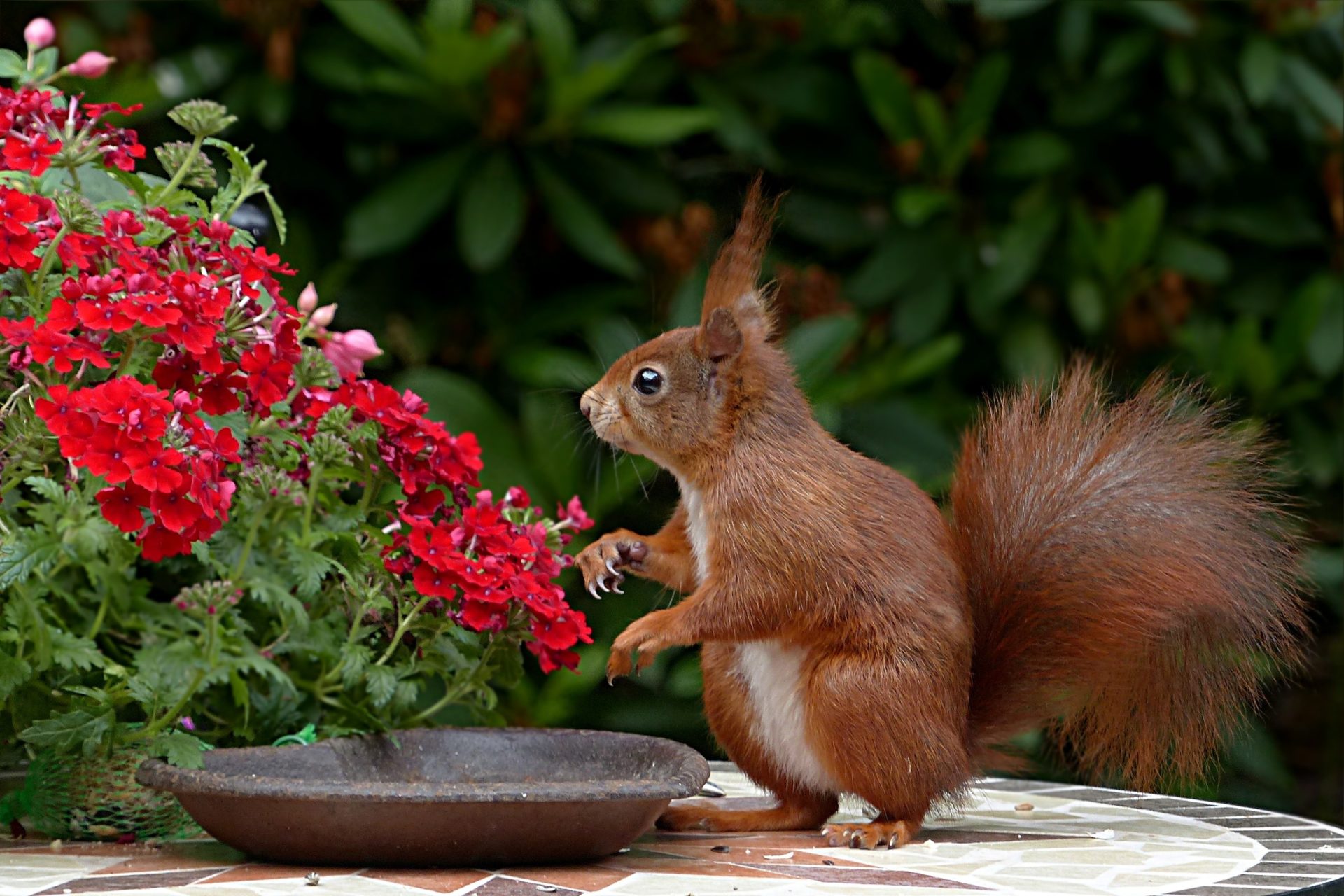The winter season is a beautiful time of the year. Although the colder weather creeps in and we start to wake up to frosty landscapes from time to time, the wildlife outside continues to thrive.
If you are lucky enough to own a garden, patio, or a small patch of land with your home, then there are a few things you can do to help protect the wildlife that lives in it. Today, we will be discussing this topic in more detail. After reading this article, you will be well on your way to protecting winter wildlife.
Keep Your Garden Clean
As the colder winter months draw in, we can often begin to neglect our gardens. The thought of gardening and spending time outside becomes less appealing. However, in order to protect the winter wildlife, it is important that you stay on top of garden chores. Keeping your garden clean is essential for the health and well-being of wildlife. For example, any feeders and bird baths should be cleaned to help the birds stay healthy during the winter.
It is also important to sweep up any fallen leaves. There is no need to throw them away as they provide great shelter for hedgehogs. Simply pile the leaves under shrubs and you’ve created a nice, cosy home for the winter. To learn more about how to keep your garden clean this winter, we suggest conducting some online research as there are plenty of helpful resources out there.

Be Vigilant
It is important that during the winter months you stay vigilant when you are in the garden. You should always go around checking areas of your garden before you carry out any tasks. For example, compost heaps, leaf and log piles are some of the places that you should be wary of. There could be wildlife hibernating in there and, if you can, it is best not to disturb them. Your garden can be teaming with wildlife during the winter, so always be careful when moving things around.
Provide Food
The wildlife in your garden will typically forage for their food and it is important that we encourage this. If you are constantly putting out a large supply of food in your garden, then the wildlife living there may become reliant on it. However, it is important that you provide some food, little and often, to give the wildlife a little helping hand along the way. The winter weather can be harsh, and your small supply of food can help them see it through.
The type of food you put out will depend on the wildlife you are catering for. Squirrels and badgers will feed on nuts and seeds whilst birds will enjoy suet, berries, and mealworms. If you are looking for some premium bird food, then Little Peckers are here to help. Their website is packed full of goodies to keep the birds in your garden happy this winter. From tasty treats to feeders, they’ve got it all.

Create Cosy Shelters
Just like ourselves during the wintertime, our wildlife also likes to keep cosy during the colder months. For some wildlife, winter is a season for hibernating. In order to give your wildlife a cosy space to rest, it is recommended that you create shelters around your garden. For example, bird boxes and hedgehog homes are two common shelters that are often used in gardens around the UK.
It is important to remember that in the cosy spaces you create, wildlife could be hibernating. So, it is best to not disturb these spaces until around April in the following year. Compost heaps will often become a cosy haven for frogs, toads and other animals. Through looking at various online resources, you will find plenty of shelter inspiration to help get you started.
Provide A Fresh Water Supply
If you have a bird bath, then it is important that you keep it topped up with fresh water throughout the winter months. It can also be a good idea to leave a shallow dish of water on the ground. This allows other forms of wildlife to reach it. It is important to not use a bowl or a dish that has deep edges. If wildlife fall into it, they may struggle to get back out again. So, it is always best to stick to a shallow dish. There are plenty of garden water bowls that you can look at online for some inspiration.
During the winter we can start to experience frosts. As a result, any water that you supply in your garden could freeze over. It is important that you melt the ice using hot water. Smashing the ice should be avoided as this can send shockwaves through the water, harming any wildlife that may be living in it.

The Japanese Garden Centre
Let Your Garden Thrive
Although you want to keep your garden clean during the winter months, it is important that you encourage the wild to thrive. Don’t be afraid to let healthy plants go unpruned. You will tend to find that they provide a great home for insects and other forms of wildlife. If you do feel like you need to do some pruning, then make sure you bundle any stems that you have together. Again, this can provide an inviting shelter for wildlife. It is worth researching some of the best plants for wildlife online. This can give you a good idea of what plants and shrubs you can plant earlier on in the year, to help out the wildlife during the winter months.
Summary
The winter season is an exciting one for wildlife. You will be amazed at what you can see in your garden if you do your bit to give wildlife a helping hand. Providing food and a fresh water supply will certainly help to make a difference. If you are ever unsure on what food to put out, then it is recommended that you conduct some online research. There are plenty of helpful blogs and articles out there which can steer you in the right direction. After all, everyone’s gardens are different, and some will attract different wildlife to others.






















Leave a Reply